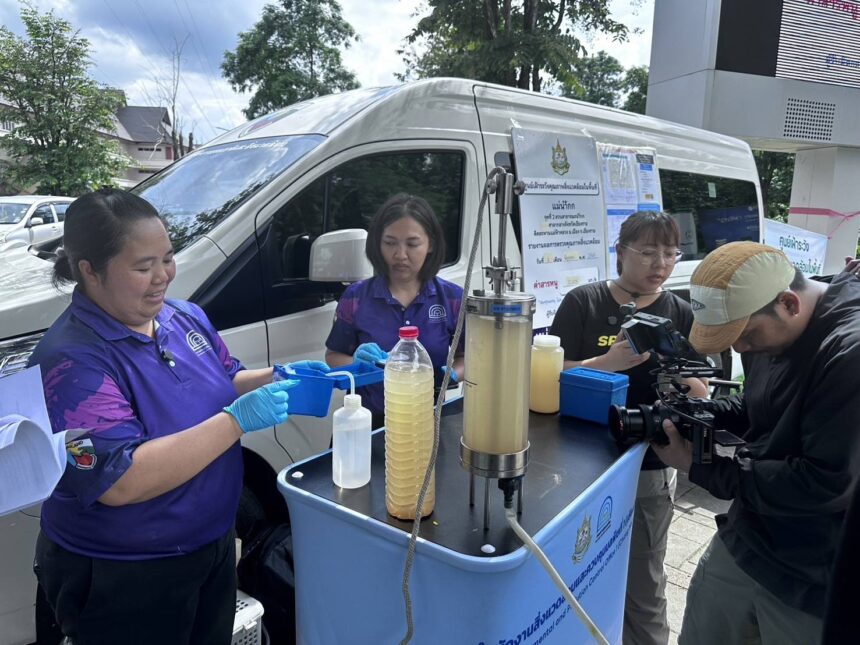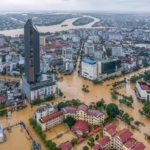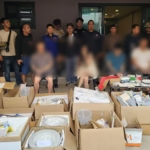CHIANG RAI – The Ministry of Natural Resources and Environment opened 3 new water quality testing services for people who rely on the Kok River for water. This move addresses ongoing concerns about arsenic contamination in both Chiang Rai.
This action comes under the direction of Dr. Chalermchai Sri-on, Minister of Natural Resources and Environment, and Mr. Jatuporn Buruspat, Permanent Secretary for the Ministry, is overseeing efforts to manage the situation and push for solutions.
These efforts are guided by a subcommittee on surface water quality, chaired by Deputy Prime Minister Prasert Chanthararuangthong. On June 4th, relevant agencies met at the Ministry and online to outline plans for the new environmental monitoring centres in high-risk areas.
Based on the meeting, four monitoring locations have been established along major northern rivers:
• Point 1: Kok River, in front of Chiang Rai Provincial Hall, managed by the Pollution Control Department (PCD Region 1)
• Point 2: Sai River, at the 1st Mae Sai border checkpoint, Chiang Rai, also managed by the Pollution Control Department
• Point 3: Mekong River, Golden Triangle, Chiang Saen District, Chiang Rai, where the Ruak River flows into the Mekong, overseen by the Department of Groundwater Resources
Each monitoring centre is responsible for regular water quality checks, collecting feedback from residents, and sharing real-time updates via public information boards.
The aim igoalo buildfostert, maintain transparency, and encourage long-term community involvement centres to work with local and district agencies, including offices for natural resources, public health, agriculture, local administrations, and other relevant groups. Together, they monitor water quality and protect public health alongside the environment.
Ms. Piyanut Suangkum, Director of the Water, Air and Noise Quality Management Division at the Regional Environment Office 1, explained that the new centre in front of Chiang Rai Provincial Hall is Point 2. Its main job is to keep residents informed about water quality.
People can also bring water samples from their homes, either for use or for drinking, to the centre in clean containers during working hours, starting from 6 June. Initial tests use quick test kits, which give results within 40-45 minutes.
People can wait for the results at the centre or ask staff to contact them later.
The Ministry will keep a close watch on the situation and keep working on clear solutions to improve water quality. The goal is to boost public confidence and involve everyone in protecting water resources long-term, with all groups working together.
















